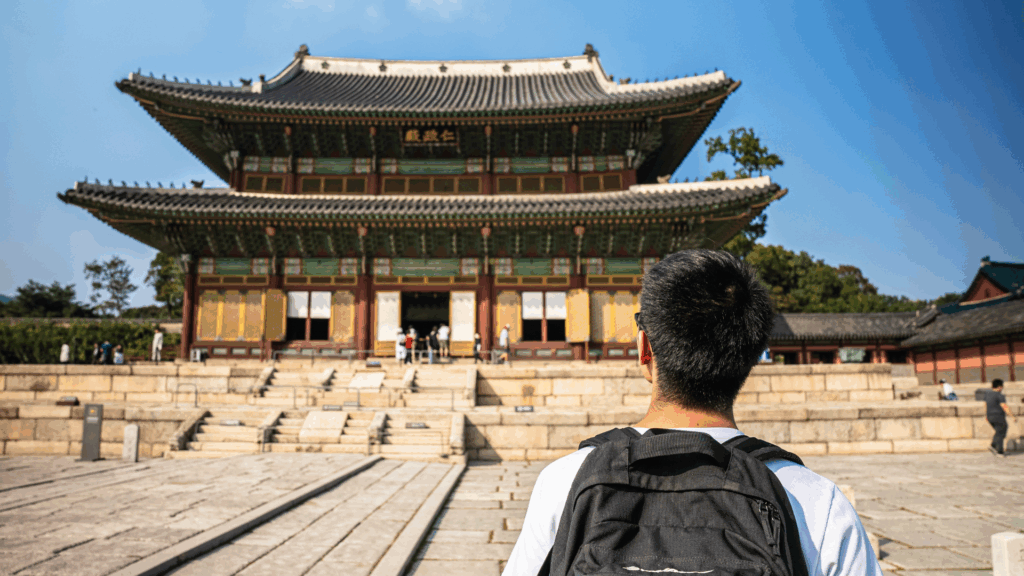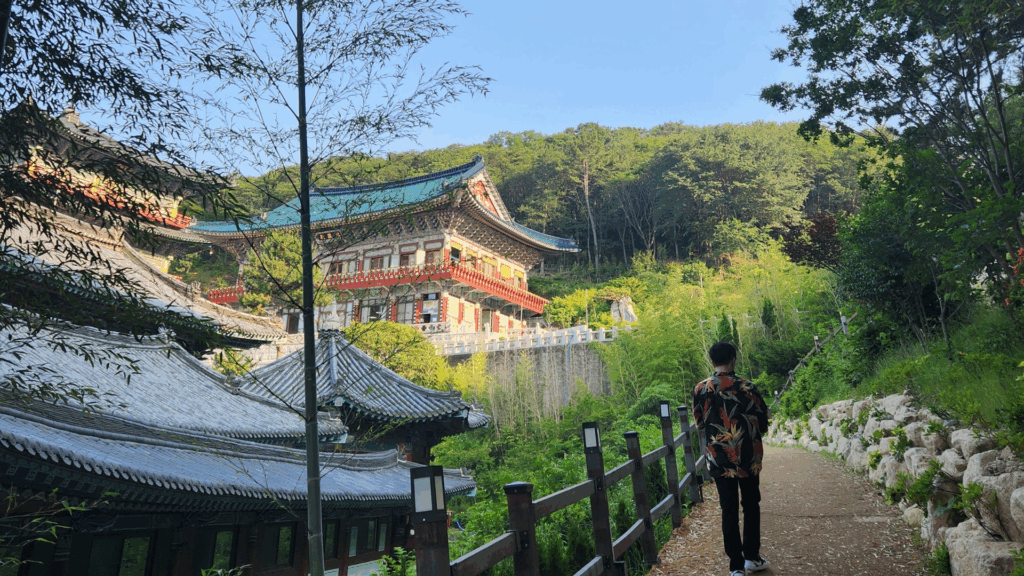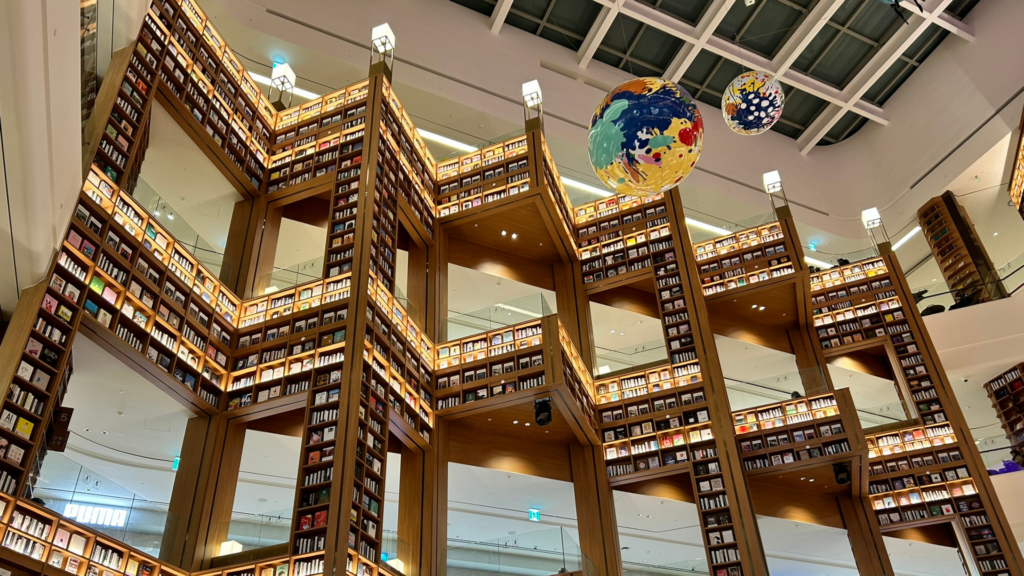Every country has their own proverbs and idioms. There are a wide range of Korean proverbs in the Korean language known as 속담 (sokdam). These 속담 can give a charming insight into understanding the culture and history of Korea. What’s more, understanding 속담 can help you understand the way of thinking of the Korean people.
If you intend to study Korean 속담 are actually an essential part of speeding up many aspects of your study. They can express an idea or situation in a direct and simple way, that is understood immediately by most Korean people. 속담 are a very important component of the TOPIK exam and you can always expect to see several questions related to Korean proverbs in this Korean proficiency test.
That rings a bell…
You will often find interesting similarities as well as intriguing differences in the wording of such 속담. Some Korean proverbs will be very familiar and understandable from the start.
호랑이도 제 말하면 온다 (horangi-do je malhamyeon onda) The tiger comes when you talk about it.
In English idioms, this is very similar to ‘Speak of the devil’ – when you talk about something or someone it will often appear from nowhere. Rather than the devil, the ever-popular tiger is the subject of our 속담 in this case. This Korean proverb shows the significance of the tiger historically and culturally – a symbol to be respected and feared.
고래 싸움에 새우등 터진다 (golae ssaum-e saeudeung teojinda) Whales fight and shrimps’ backs get broken.
This is similar to the notion that it is always the ‘little guy’ that gets hurt when people with power argue. Historically speaking Korea was often caught between conflicts between China and Japan and can be seen as the ‘shrimps’ in this 속담. In today’s Korean society this 속담 is often related to the workings of the government and high powered companies. When problems arise between these factions it is usually the common people and small distributors who suffer.
Never thought of it like that…
Other Korean proverbs will require a little more explanation and thought.
등잔밑이 어둡다 (deungjanmit-i eodubda) It’s dark directly under the lamp.
This one is perhaps a little hard to decipher at first, why is it dark under the lamp? This Korean proverb is used to signify that you often can’t see what is right in front of your eyes. The obvious solution or thing you are looking for is lit up and should be easy to see, yet you can’t find it.
개똥도 약에 쓰려면 없다 (gaettong-do yag-e sseulyeomyeon eobsda) Even when you plan to use dog poop as medicine there isn’t any.
This strange and amusing 속담 certainly requires a little pondering when you first look at it! Again it is related to trying to find something. It is used in situations when things are never there when you need them. You need medicine but there is nothing around to use, not even dog poop!
Korean proverbs related to 떡 (tteok)
A very unique theme to 속담 in Korea are those with mention of 떡. This is the same 떡 that is known most famously as the main ingredient in 떡볶이 (tteokbokki) – the popular Korean street food. This rice-cake like food is a very important part of Korean culture and as such, they appear in many proverbs.
누워서 떡 먹기 (Nu-wo-seo tteog meo-ggi) Like eating tteok lying down.
You wouldn’t really know unless you know, but apparently eating 떡 is a very easy thing to do when lying down! Therefore this 속담 is used to signify that something is easy to do – ‘a piece of cake’.
남의 떡이 더 커 보인다 (nam-ui tteo-gi deo keo bo-in-da) Other people’s tteok always looks bigger.
Simply put, ‘the grass is always greener on the other side’. Other people’s situations/possessions always look better than your own.
These are just a small sample of the many Korean Proverbs you can expect to encounter. If this has piqued your interest, what better way to continue your Korean learning journey than studying in Korea itself. Check out the services Go! Go! Hanguk provides to make it easy and simple to live and study in Korea!








